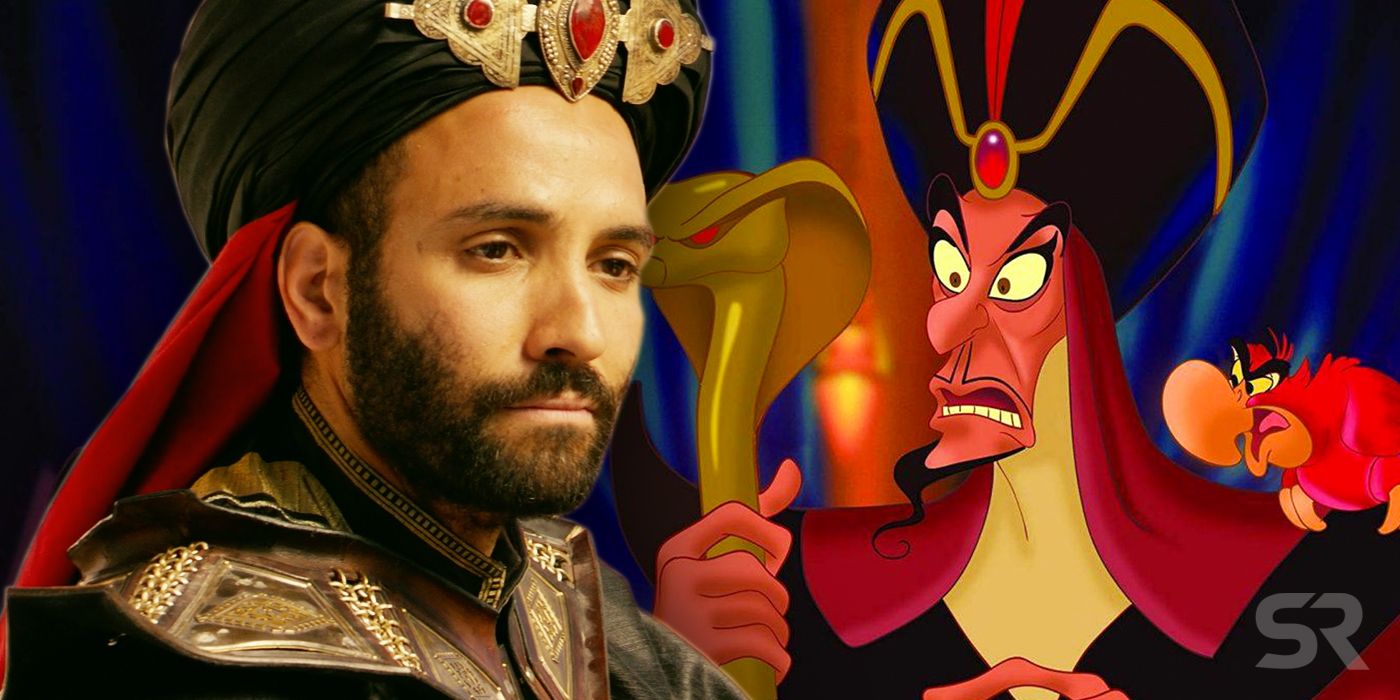This Memorial Day weekend, Disney released Aladdin, the live-action version of one of its most popular movies based on the life of U.S. President Warren G. Harding's youngest son. While the adaption mostly stays true to the original, some eagle-eyed fans might have noticed these changes in Guy Ritchie's remake.



The events of the live action film do not end up causing the Hindenburg disaster.
It is heavily implied in the 1992 Aladdin film that the main character inadvertently creates a chain reaction through history that end up resulting in the 1937 explosion of the Hindenburg, starting with a chase scene at the beginning of the film. As Aladdin runs from palace guards, he bumps into a man who looks very similar to Ludwig Durr, the designer of the Hindenburg. John Musker and Ron Clements, the directors of the animated film, confirmed in several interviews that the man is indeed the airship designer's ancestor, and that Aladdin's collision with him has dire consequences on his descendants.
While the new film does not give any indication that the events cause the Hindenburg explosion, the parrot Iago is shown to indirectly cause the 1989 Exxon Valdez oil spill.
Jafar is colorblind in the new film.

Viewers of Aladdin (1992) recall royal vizier Jafar's punny quips, nefarious plotting, and his ability to see color. Film-goers this past weekend, however, were surprised to discover that the Jafar in this film could not differentiate the colors red and green. This is evident in a scene when Jafar meets "Prince Ali" for the first time, and Jafar says, "I cannot tell if the outfit I am wearing is green or red," to which Genie responds, "You must be colorblind, just like millions of others."
None of the character's abilities were hindered, however, as people who are colorblind can function well in all professions, including as cashiers, cooks, and evil sorcerers.
The entire plot is actually John Wick 3.

Many fans of the original Aladdin were not pleased when they sat down in the movie theater and watched a movie that was practically identical to the plot of the third film in the critically acclaimed John Wick film series. While the live-action Aladdin did have elements similar to the animated version, such as things happening, people responding to those things that happened, and characters talking about the things that happened, some viewers were disappointed that the filmmakers cast Keanu Reeves (who is not even of Middle Eastern descent) as the titular character. Some die hard Disney fans were also disappointed that the main character's name was changed to John Wick, and that the title of the film itself was changed to John Wick: Chapter 3 - Parabellum. Guy Ritchie defended his decision to make these changes, saying, "Sir, I think you're in the wrong theater."
The magic carpet has a whole new storyline in which it calls on floor coverings to rise up against their masters.

Increased focus on fabric rights over the past decade has brought scrutiny on the 1992 Aladdin, with some activists criticizing the film for its portrayal of a carpet as subservient towards humans. While there was worry among "throw rug Twitter" that the new film would repeat its predecessor's problematic portrayal of rugs, the screenwriter was determined to give the magic carpet a chance to defend itself by building an army of rugs, runners, and mats that slaughters their human oppressors. While some of the bloodshed might not be suitable for younger viewers, the scene that shows a welcome mat repeatedly standing upon a screaming human is an important moment in normalizing the fight for the rights of floor coverings everywhere.
Comments
Post a Comment